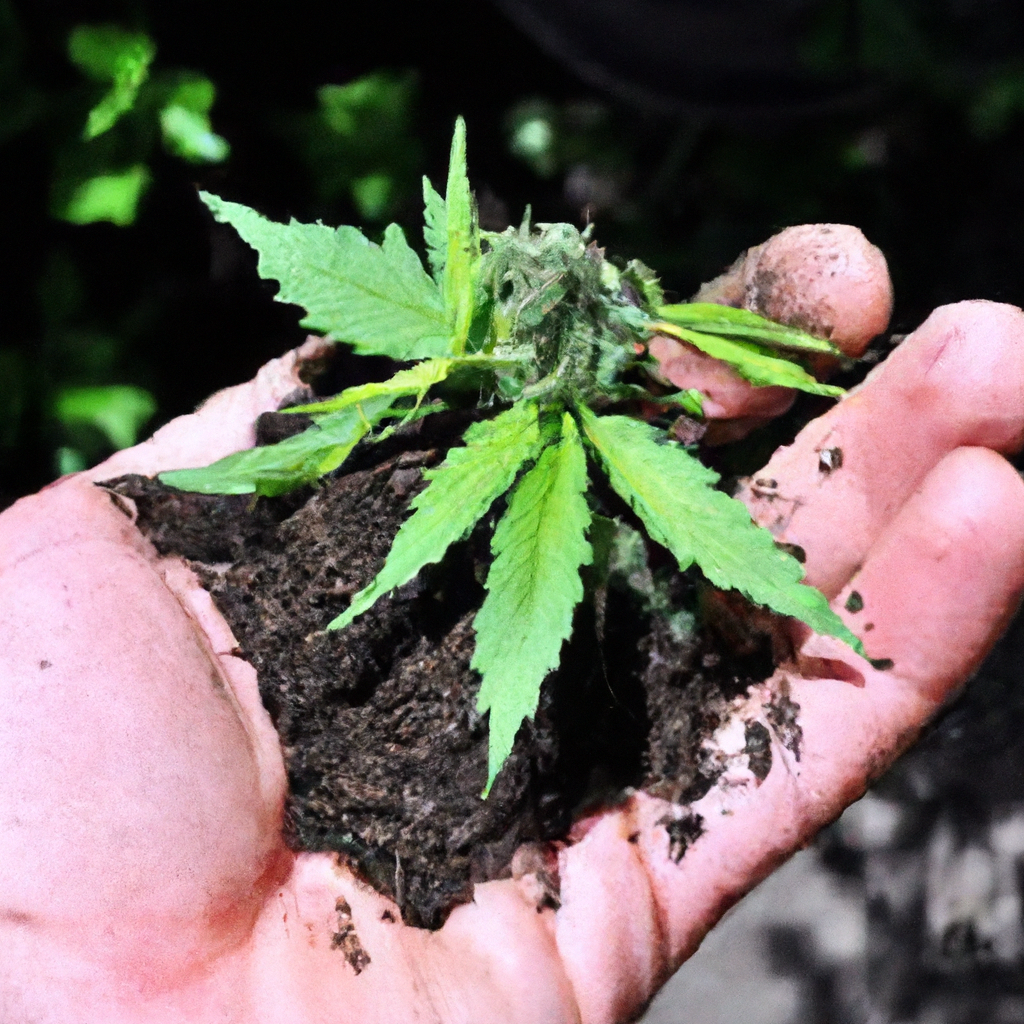Your cart is currently empty!
Transplanting cannabis is a pivotal stage in the growth cycle that can significantly influence overall plant health and yield. Understanding when and how to transplant can be the difference between a thriving garden and a disappointing harvest. This guide provides essential tips and techniques to master the art of transplanting cannabis for optimal growth.
Understanding the Right Time to Transplant
Timing is a critical factor in successful transplanting. Here are some signs that indicate it’s time to move your cannabis plants:
- Root-Bound Indicators: Check for roots growing in circles around the bottom of the container or protruding from drainage holes.
- Stunted Growth: If plants seem to have stopped growing or are wilting despite adequate watering and nutrients, they may need more space.
- Leaf Stress: Yellowing or drooping leaves can be a sign your plant is ready for a bigger pot.
Step-by-Step Guide to Successful Transplanting
1. Preparation
Before you start, gather all necessary materials: new, larger pots with proper drainage, fresh soil mix, and tools like trowels or shovels. Water your plants a few hours before transplanting to reduce stress.
2. Transplant Process
- Remove the Plant Carefully: Gently take the plant out of its current pot by holding onto the base of the stem and tipping the pot to slide it out. Avoid pulling on the stem directly.
- Loosen the Root Ball: Lightly loosen the outer roots to encourage expansion in the new soil.
- Choose Quality Medium: Fill the new pot halfway with a nutrient-rich soil mix. Place the plant and fill around with additional soil. Ensure it is firmly in place but not tightly packed.
- Water Thoroughly: After planting, water the soil well to help the plant adjust and settle into its new environment.
Common Challenges and Solutions
Transplanting can bring about various challenges. Here’s how to address them:
- Shock Recovery: To minimize transplant shock, ensure consistent temperature and humidity levels. Utilize root-stimulating nutrients.
- Over-Watering: New soil holds more moisture. Adjust watering schedules to avoid soggy conditions which can lead to root rot.
- Pest Infestation: Disturbed soil can attract pests. Keep an eye on your plants post-transplant for any signs of pests and employ Integrated Pest Management strategies as needed.
Conclusion
Mastering the transplantation process can enhance the robustness and yield of your cannabis plants. By understanding the crucial timing, following precise steps, and mitigating common challenges, you can ensure a healthy transition that supports your cannabis growth journey.
Remember, a successful transplant not only depends on the physical act of moving the plant but also on the care you provide during the transition phase. Happy growing!
Tags: CultivationTips, CannabisCultivation, GrowingTips, PlantCare
Discover more from Magic Clones
Subscribe to get the latest posts sent to your email.


Leave a Reply